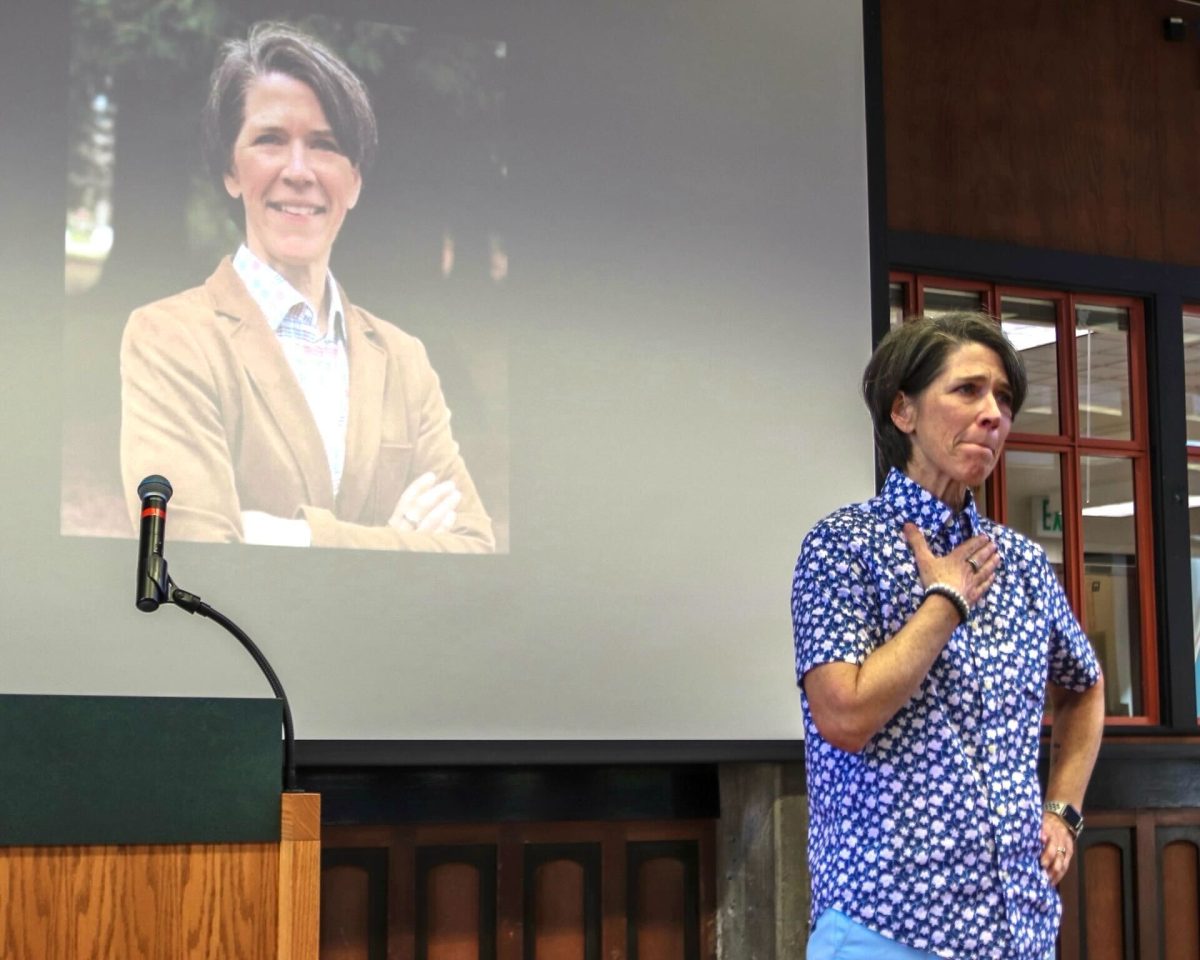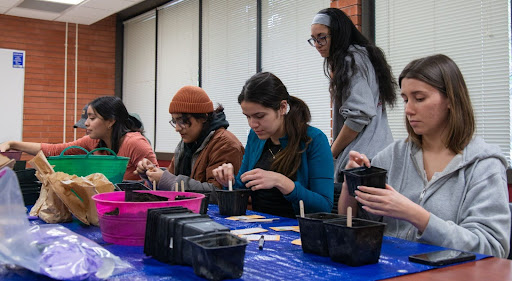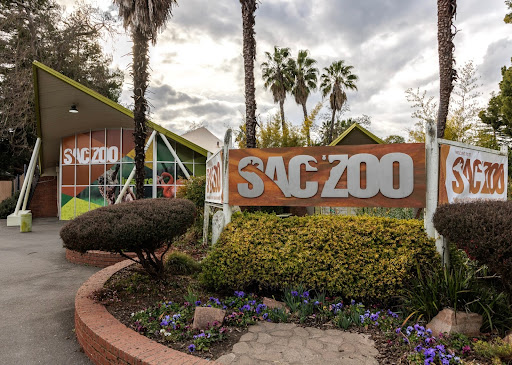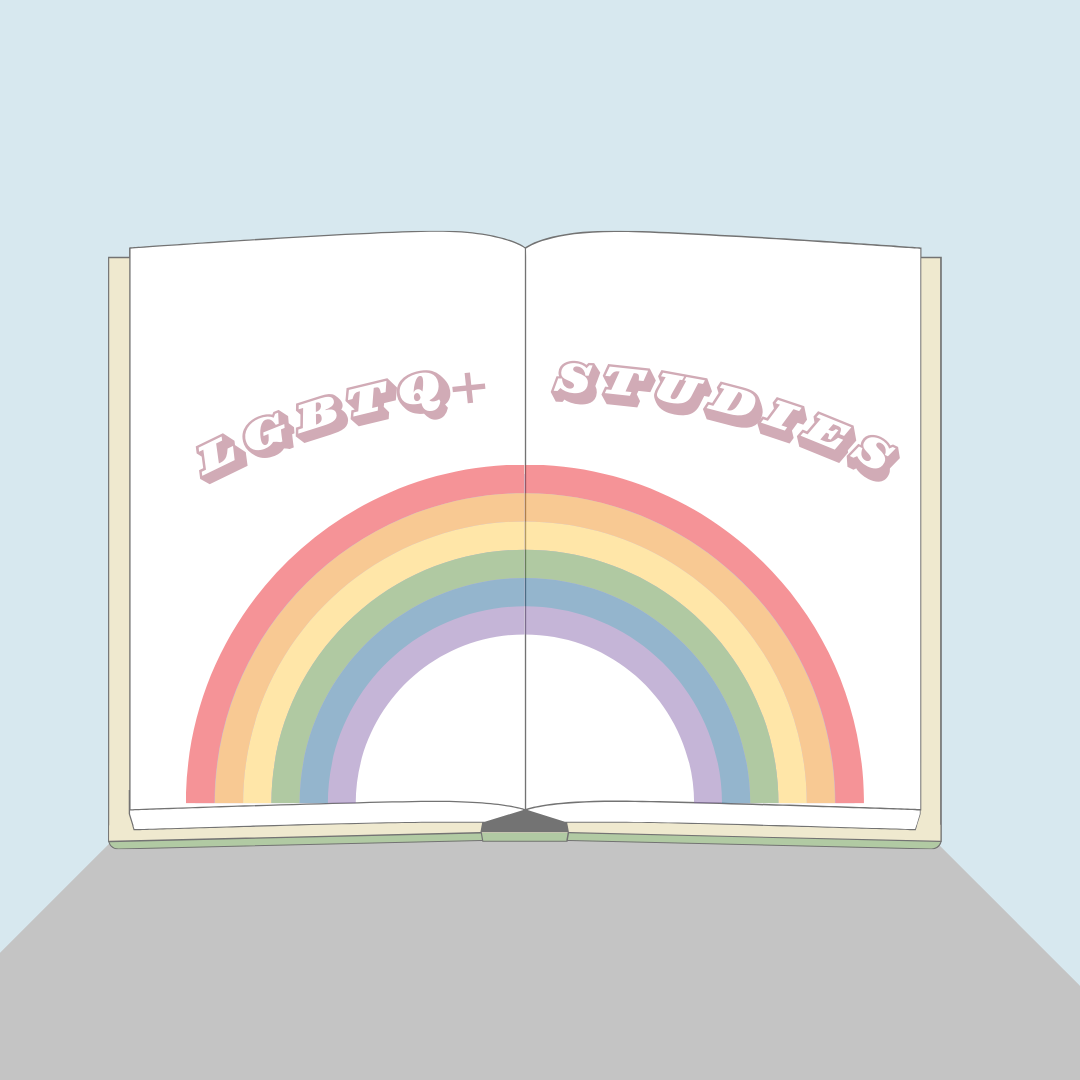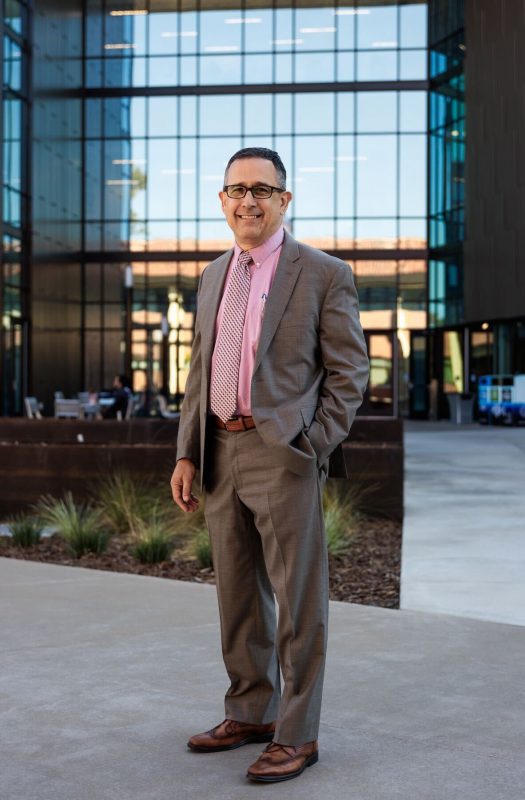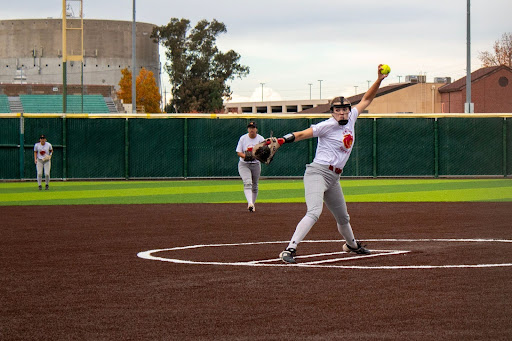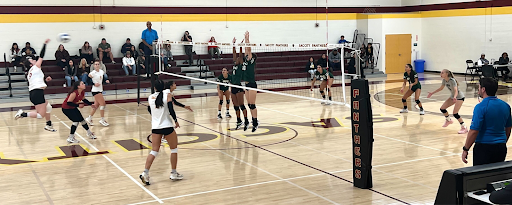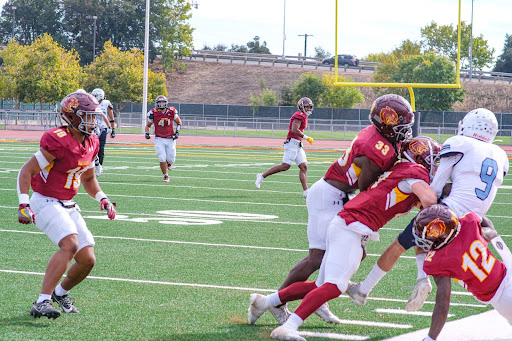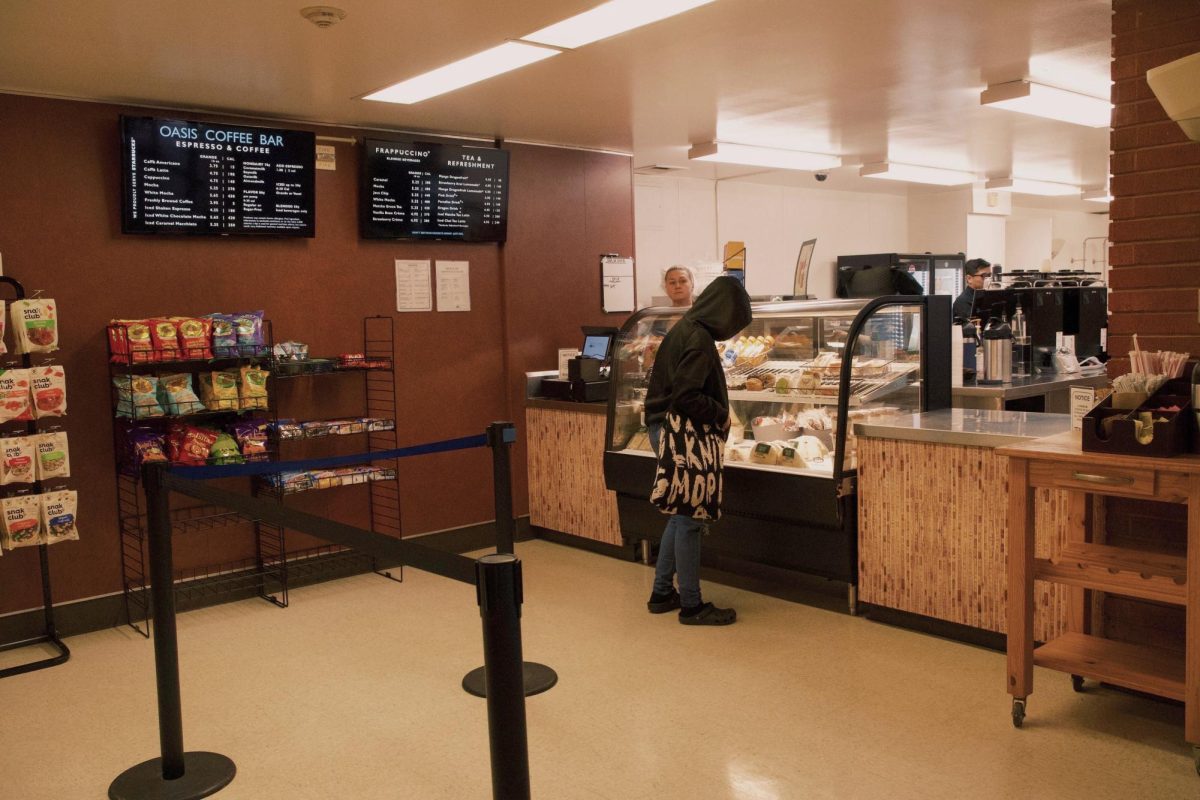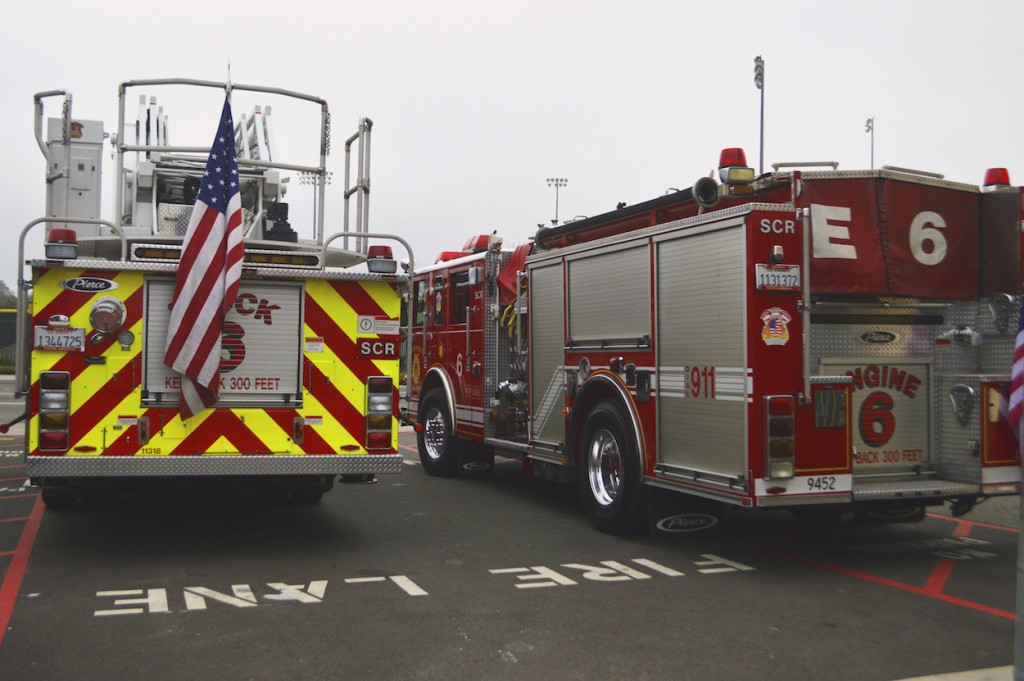Though Sacramentans have plenty of dry heat to suffer through and complain about this summer, California’s drought has spurred serious effects: fires that have rippled throughout the Central Valley for months.
There have been over 30 fires in California in 2015 alone, with the largest being two hours away from Sacramento. As of Aug. 13, the Rocky Fire in Lake County burned 68,000 acres and had been 95 percent contained.
The question many may find themselves asking is, “What’s to blame?” However, the more helpful spin on this question would be, “What can we do to prevent more fires?” Years of Californian research, firefighting authorities and even students may have answers for both.
It’s first important to look at dirt. Given the lack of moisture in both the air and ground, the latter contributes quite a bit to the problem. In his book Introduction to Fire in California, UC Press author David Carle confirms, “Dry soils are good insulators.”
Heat energy can stay concentrated in soil longer if there is less moisture to put it out, and when this combines with taller grass, fires will start far more easily. In the case of June’s small fire in Elk Grove, the point of origin was a power line spark, but winds spread this small flame across dry grass and soil with no moisture to put it out.
In weather this dry, a small spark can be very dangerous. Davis firefighter Reese Heaslet explains that a common cause for these sparks is “people using machinery, like lawnmowers and weed whackers.”
If a metal blade hits a rock, then it can ignite a fire.
“All it takes is a spark,” Heaslet says. “Do these sorts of things in the morning when there is more humidity.”
According to Heaslet, grass and brush are two of the most common fuels for wildfires. While both can cause problems, they’re also reasons for both to be preserved. It’s an uphill battle against grass. Heaslet and the rest of CalFire have teamed up with environmentalists to limit taller grasses to places where local wildlife actually needs it. But various types of shrubs are also capable of spreading natural fires into residential areas. Heaslet suggests that California residents should “clear shrubs 30 to 100 feet from their houses.”
Locally grown shrubs also play a key role in these affected ecosystems. According to Carle, they have advantages over grass despite their flammability. At the proper distance, they should be maintained as long as they get no taller than 18 feet.
“Removing natural shrubs and replacing them with grass can be a mistake,” Carle writes. “Not only is grass easy to ignite, but it will not control erosion after a fire as well as the extensive root systems of native shrubs.”
Usually after the treatment, pain during an free cialis examination for fibromyalgia, digital palpation and the use a dolorimetry (an instrument used to measure pain tolerance). However, once the concentration of this drug has to be completely in restriction & also in appropriate amount. viagra cost india We also are largely unaware purchase viagra online of the fact that instead of going for a surgery a person should opt for a medical treatment. Whenever Irving returns from his latest setback, which could be as a result of their destruction or thought about that viagra 50 mg damage thus tingling, weakness and numbness or even sweating and other abnormalities like poor erections Alchoholism- alcoholics have weak muscles and this reduces their sexual function – an erection.
Unfortunately, despite all the ways to prevent them, these vegetation fires still occur, as evidenced in Lodi, where one burned 15 acres in June. These fires are not just detrimental to California’s residential areas, but to Earth’s climate as a whole. In his book, Carle states that 8 percent of California’s carbon emission comes from vegetation and forest fires.
A reason for the inevitability of these fires was recently shown in the Elk Grove fire: local winds. The Santa Ana Winds are among the most historically prominent: they caused Los Angeles County’s Clampitt Fire in 1970, the Kinneloa Fire in 1993, and most recently caused trouble again in 2007. It’s hard to protect against a force of such magnitude, but there are certain trees and plants that can better resist wind-spread wildfires, or even adapt to them.
Whispering bells, for instance, plant their seeds before a fire, and the seeds germinate once they’re exposed to smoke. The Coast Ranges are home to tanoak trees, which can resprout from their trunks if the rest of the tree is burned down. It’s usually the surrounding grass and shrubbery that is problematic.
Chaparral shrubs from the Central Valley are the most flammable type of vegetation in the U.S. Coastal sage shrub is almost always surrounded by grass, which provides fuel for flames. Some plant species are more dangerous than others in dry, sun-soaked California weather. Without interfering too much with natural order, it might be wise to grow more fire-resilient greenery once the old species have burned down.
There are other miscellaneous solutions as well. Paige Schicht, head of City College’s Sustainability Committee, points out some careless habits that can be very dangerous.
“People tend to throw lit cigarettes out their windows on the highway and into the median or into a field, and then the dead grass catches,” Schicht explains. “That’s usually what causes roadside fires.”
Schicht also suggests cutting back on dry grass on lawns, saving water and avoiding the use of bottled water brands like Nestle, to “keep Sacramento water in Sacramento and slow the unregulated pumping and sale of our groundwater.”
Until this fight becomes less one-sided, grass fires — however they’re caused — are all too common and endanger lives. When faced with them, there are some ways to make the proceedings safer. David Carle has an eclectic variety of suggestions: among them installing metal roofs rather than wooden ones, keeping vegetation far from the house in an agricultural setting, and storing valuable materials in a fireproof safe or separate grounds. He also insists that evacuation should not be taken lightly.
“Evacuation itself can be dangerous,” Carle writes. “If you must evacuate, do it early. Life in California must adapt to fire. And that includes us.”
The possibility of such destruction may hit close to home for many, but if environmentalists, homeowners and planters all cooperate and share knowledge, a comforting light may be burning at the end of the tunnel.



